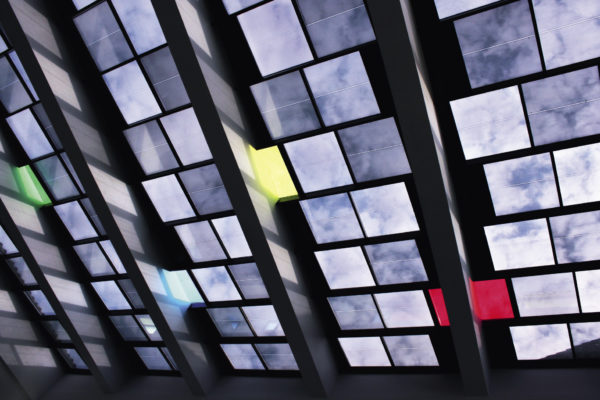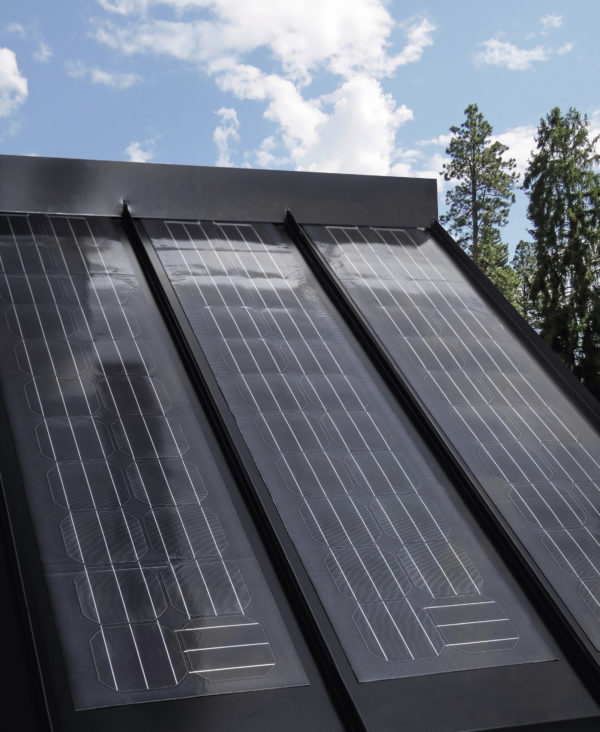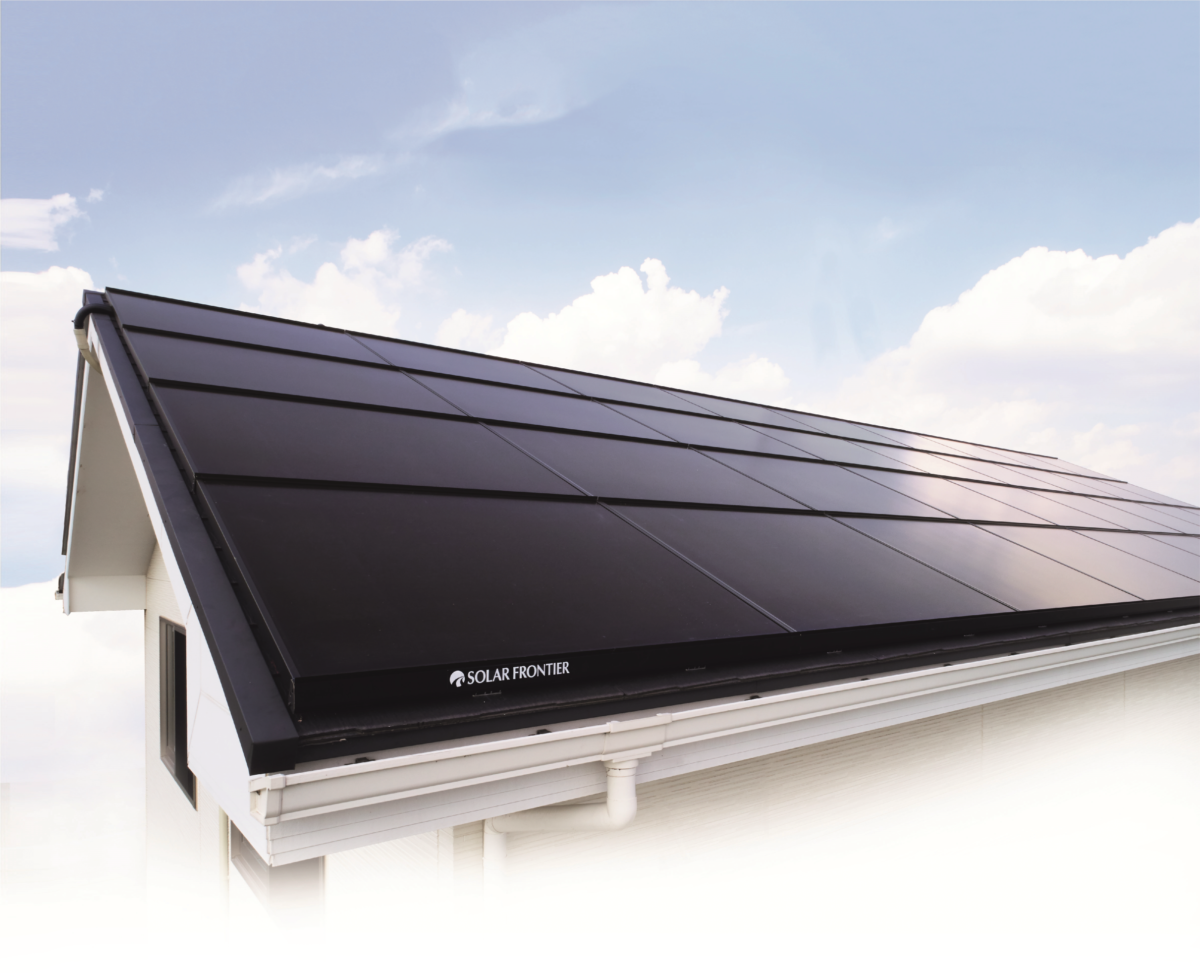As solar continues on its pathway to represent a significant portion of the world’s energy supply, the industry is searching for new ways to grow. In particular, markets such as Japan and Taiwan, which have exhausted the majority of space available for rooftop and ground-mounted solar, require more surfaces from which to generate solar electricity.
Elsewhere, mandated energy efficiency requirements for new buildings, and growing desire among owners and residents for self-generated power and visually attractive ways to generate it are set to further increase demand for BIPV solutions. “The market for BIPV solutions has entered into a very interesting stage. It has already shifted from the early-adopters to a wide range of customers and markets,” says Diego Cuevas-Gómez, VP for Business Development at silicon-based photovoltaic glass manufacturer Onyx Solar. “The industry has good momentum right now: Design teams are looking into new approaches to optimize energy efficiency in buildings, to generate clean power on-site, and ultimately to decrease the building’s carbon footprint.”
Cuevas-Gómez believes that the segment’s current momentum will see BIPV grow into a standard consideration for architects and planners working on designing new buildings. “Given the importance of sustainability in building construction, along with the availability of reliable products that meet design criteria, design intent, and project budget, we do not see it following any path other than a strong, growing one.”
CIGS
Alongside this, China has seen the start of a major investment cycle for CIGS production. China National Building Material (CNBM) subsidiary Avancis brought its first 300 MW module manufacturing plant online in December, and several other large-scale facilities are planned in the coming years – according to Germany’s Singulus Technologies, which has provided equipment to CNBM and other upcoming CIGS facilities, there could be as much as 6 GW of new production set to come online in China alone.
CIGS is seen by many manufacturers as particularly suitable for BIPV applications, thanks to its flexibility and potential for high efficiency. “Among thin films, CIGS is best suited, as it demonstrates a much better efficiency and lifetime than amorphous silicon, and cadmium can be omitted, which is often a requirement for recycling and waste management,” explains Sven Lindström, CEO at Swedish CIGS equipment supplier Midsummer. “All our customers are looking into BIPV, either with their own integration or with the solutions provided by Midsummer.”
Further evidence of CIGS’ perceived suitability to BIPV is provided by Japanese module manufacturer Solar Frontier, which has worked with the thin film technology since its beginning in 1993, and recently set a new efficiency record of 22.9%. In December, the company announced plans for a shift to focus on the residential sector in Japan, and to work on products specifically designed for this sector. “Our current main mission is to accelerate the development of next-generation modules aiming for a market launch in the second half of 2019,” says Solar Frontier CEO Atsuhiko Hirano. “This new product will be a flexible module, having the specific features of being light, thin, and not breakable, and this versatility will aim to create new value opportunities to other niche markets. BIPV might be one of the options due to the elimination of double costs by combining roof material and PV, offering versatile application with a more attractive presentation.”
BIPV applications
BIPV solutions take many different forms, from the solar roof tiles that have received so much hype lately thanks to Tesla, to semi-transparent PV glass, and facades incorporating standard PV modules.
Onyx Solar focuses on PV generating glass solutions, which it has supplied for various applications. “Amorphous silicon glass allows for building owners to integrate photovoltaic glass all across the building envelope without disrupting views and providing tons of natural light,” says Cuevas-Gómez. “Our clients have used it in many different applications: skylights, curtain walls, rainscreen cladding systems, canopies, balustrades, and also as raised access floor system tiles – with an anti-slip, textured finish.”
Others continue to see the rooftop as the main area of a building for solar deployment, but hail integrated solutions for their cost-cutting potential – eliminating the need for customers to buy both a roof and a solar installation. “I think roofing is a much better option for BIPV,” says Midsummer’s Lindström. “For our customers the focus is very much on industrial and large buildings with flat roofs that cannot take the weight of glass panels, and where most of the electrical consumption is during the day when there is activity in the building.”
Standard versus custom
As BIPV is still a niche market, a standardized set of products is yet to emerge. Many projects so far have been built with custom-designed BIPV installations. This will be a key development for the future of BIPV: balancing manufacturers’ need for high volume production with architects’ need for a variety of products.
“We should remember that we are not talking about a standard PV panel, but about a building material that generates power,” says Cuevas-Gómez. “Building materials are different in size, shape, color, composition, etc. This is key to creating a diverse and rich built environment. Architects need design freedom.”
Cuevas-Gómez notes, however, that many projects have already been developed using ‘standard’ products for BIPV. “There are certain applications that do not really rely on a particular span of glass dimension. It is very easy to install a photovoltaic rainscreen cladding system using standard PV glass.”
For Sven Lindström of Midsummer, this is something that will emerge as the market grows, and stronger cooperations between solar producers and the building industry emerge. “Products are customized for individual projects because there are only a few variations out there,” he explains. “Products must become available for developers and builders, and they must conform to local building codes. As the market develops, building material suppliers get involved, and developers can choose from a variety of products, there will be little need for customization.”
The building industry
Gaining the acceptance of the building industry, and creating products that serve its needs, will be a key factor in further growth of BIPV. “The design and build process for an innovative facade requires for an extra dose of communication within the participating trades, from the design team to glass and metal fabricators, and glazing and electrical contractors,” says Cuevas-Gómez. “Once these trades gain more knowledge on the product and the integration process, then everything will move forward more quickly.”
Onyx Solar also states that working closely with various segments of the building trade has been key to the development of its PV glass products. “Bringing together two different industries (glass fabrication and photovoltaics) under the same roof has required a multidisciplinary and experienced team with varied backgrounds,” says Cuevas-Gómez. “Onyx Solar has also partnered with glazing contractors, electrical contractors, and metal fabricators to further understand the needs of each trade and create solid systems that are both efficient and easy to integrate.”
On the manufacturing side as well, CIGS equipment providers have noted the need for close cooperation with the building industry. “Various stakeholders of the building sector, including architects, the building industry, developers, engineers, … and the PV/BIPV sector, together with designers and investors, have to implement BIPV,” says Stefan Rinck, CEO at Singulus. “But we think both standard module applications and BIPV have a good future.”

Sweden’s Midsummer has also been a proponent of partnerships with the building materials industry, having teamed up with metal roofing company Clix Steel Profile AB to develop a manufacturing process for a complete metal roofing system, supplied with integrated CIGS solar panels ready to be connected. “I think building firms are just beginning to see the potential of this technology. Our equipment makes lightweight, flexible panels that can easily be integrated with many building materials. The BIPV solution though often involves integration with some roofing material manufacturing equipment,” says Lindström. “It isn’t that challenging to adapt processes to BIPV products, but from architects there is much more focus on the appearance, colors, etc. than what PV manufacturers are used to.”
Policy
As with any new technology, the right policies need to be in place for BIPV to gain widespread acceptance. This, according to Onyx Solar, is already underway in several key regions for solar: “The European Union has taken clear action in different areas to meet 2020 greenhouse gas emissions, renewable energy, and energy efficiency targets, creating a suitable framework to boost the use of PV glass. It is a great, mature market for BIPV,” says Cuevas-Gómez. “The North American Market is probably a step behind Europe, however its potential is even bigger. It has already become our fastest growing market globally.”
In Japan as well, Solar Frontier is looking to take advantage of a highly supportive policy environment for BIPV. “The government targets for all new houses to be zero energy by 2020 provide a wonderful opportunity for installation of solar modules and total system solutions,” says CEO Hirano. “Working together with homebuilders for new houses helps us to create a win-win situation, by opening up new markets and encouraging other up-and-coming technologies, like BIPV.”
Speaking to Bloomberg, Hirano recently announced that Solar Frontier plans to begin producing BIPV products by 2019. Japan’s Zero Energy Home program is now one of the biggest drivers for the country’s PV market, as feed-in tariff rates have been cut, and the country continues to try to install large amounts of solar capacity on limited space. International companies, including China’s GCL-SI and Germany’s SMA have also released specialized solutions for zero energy homes in Japan. However, analysts predict that Japanese companies will have an advantage as the market kicks off, thanks to a strong preference for domestic brands among the small number of leading homebuilders.

Solar Frontier expects to gain further advantage thanks to its experience with CIGS technology, and long-time focus on the Japanese residential market. “Solar Frontier’s decision to focus on CIS rather than crystalline silicon technologies back in 1993 was because the specific properties of CIS enable it to be used to create ultralight, thin, and bendable products, providing opportunities to be used in BIPV,” Hirano tells pv magazine.
Japan, always a nation keen to accept new technologies, has been quick to embrace smart home concepts and residential PV, and it is undergoing a shift from centralized to distributed power. “To create net zero energy buildings, you need a whole ecosystem of technologies, including solar panels, storage batteries, and smart IT systems for energy management,” continues Hirano. “Our challenge here is reducing the system costs, and integrated PV solutions could be an effective solution to these challenges, and reduce the price of modules and installations leading to a better deal for customers.
This content is protected by copyright and may not be reused. If you want to cooperate with us and would like to reuse some of our content, please contact: editors@pv-magazine.com.

